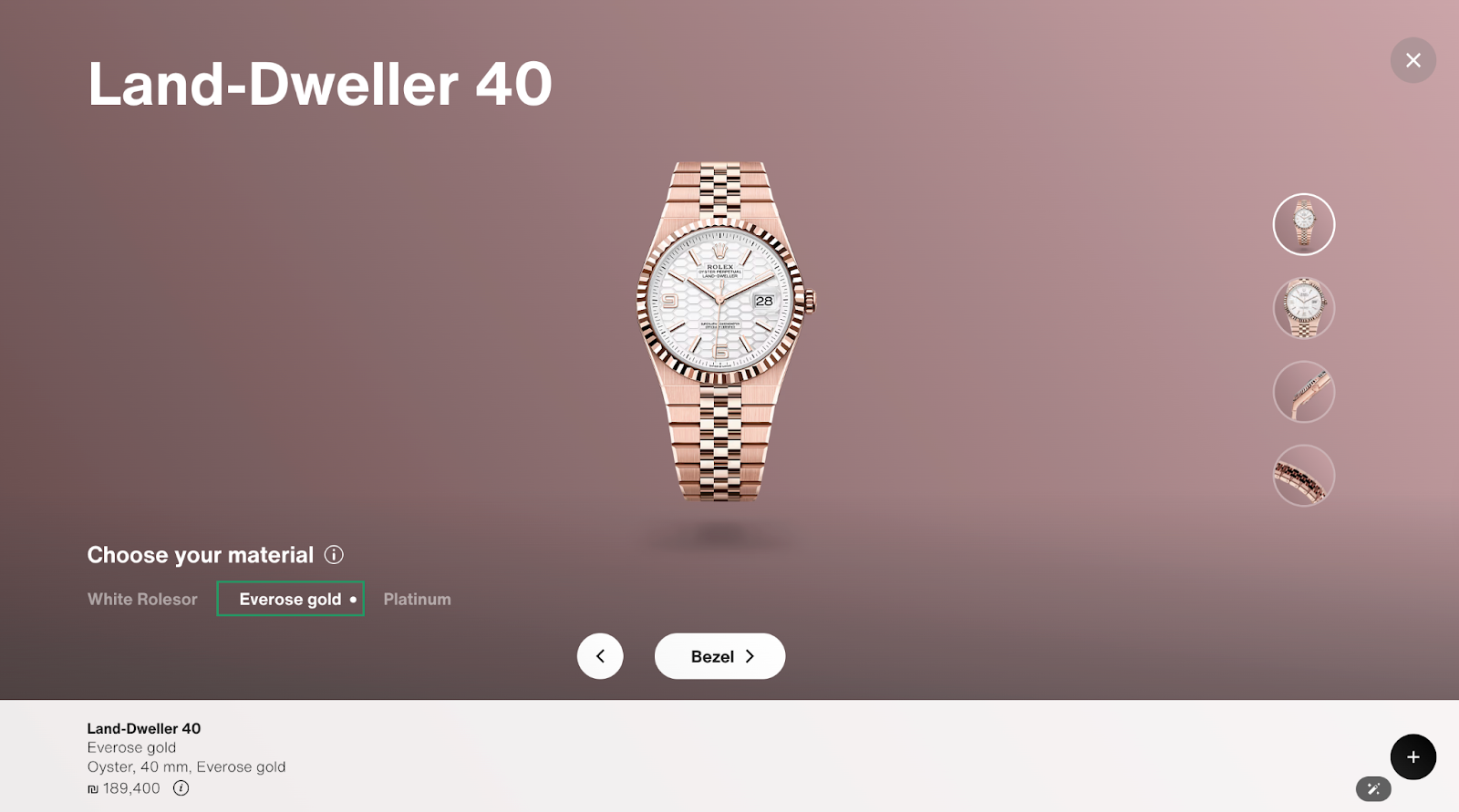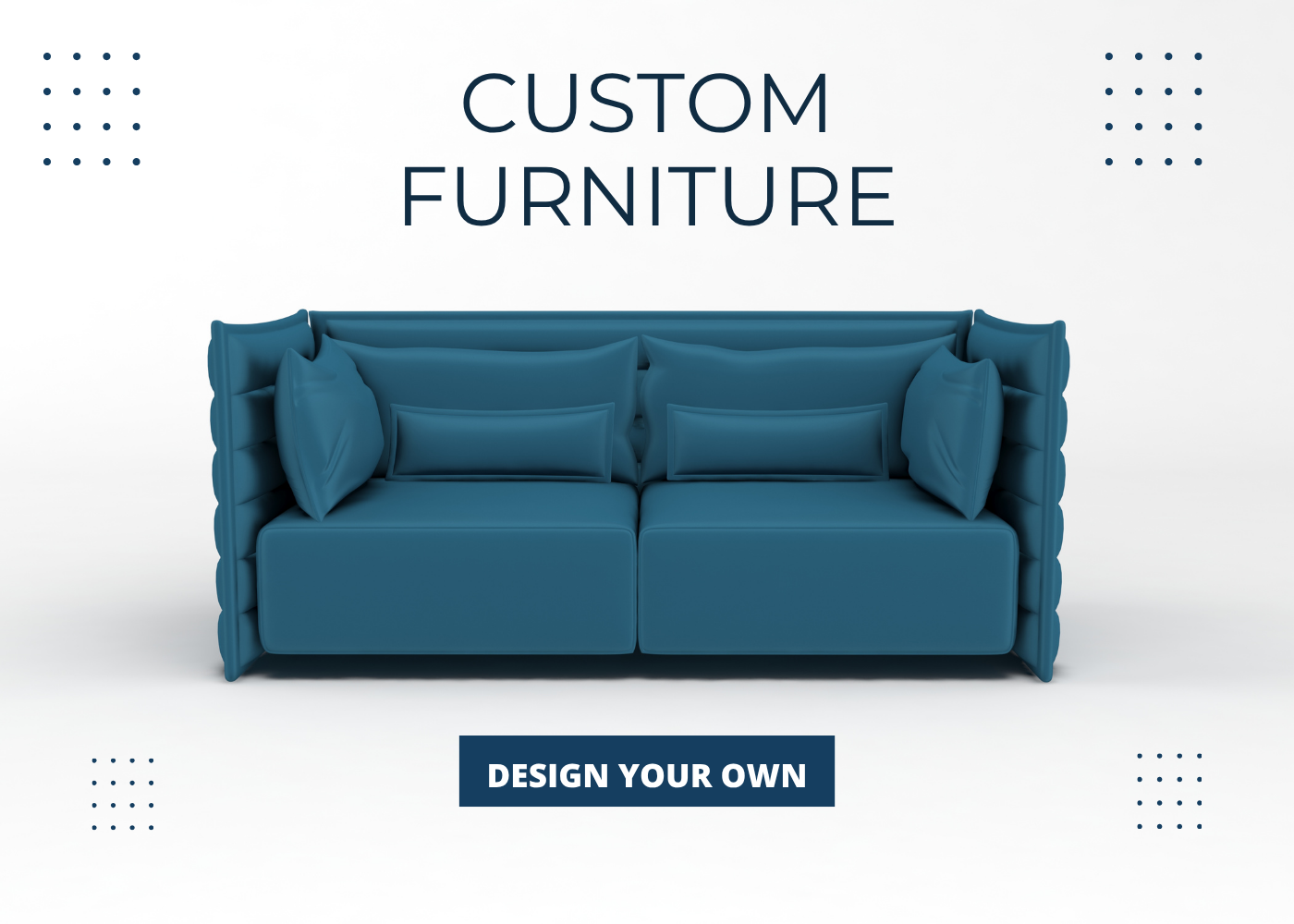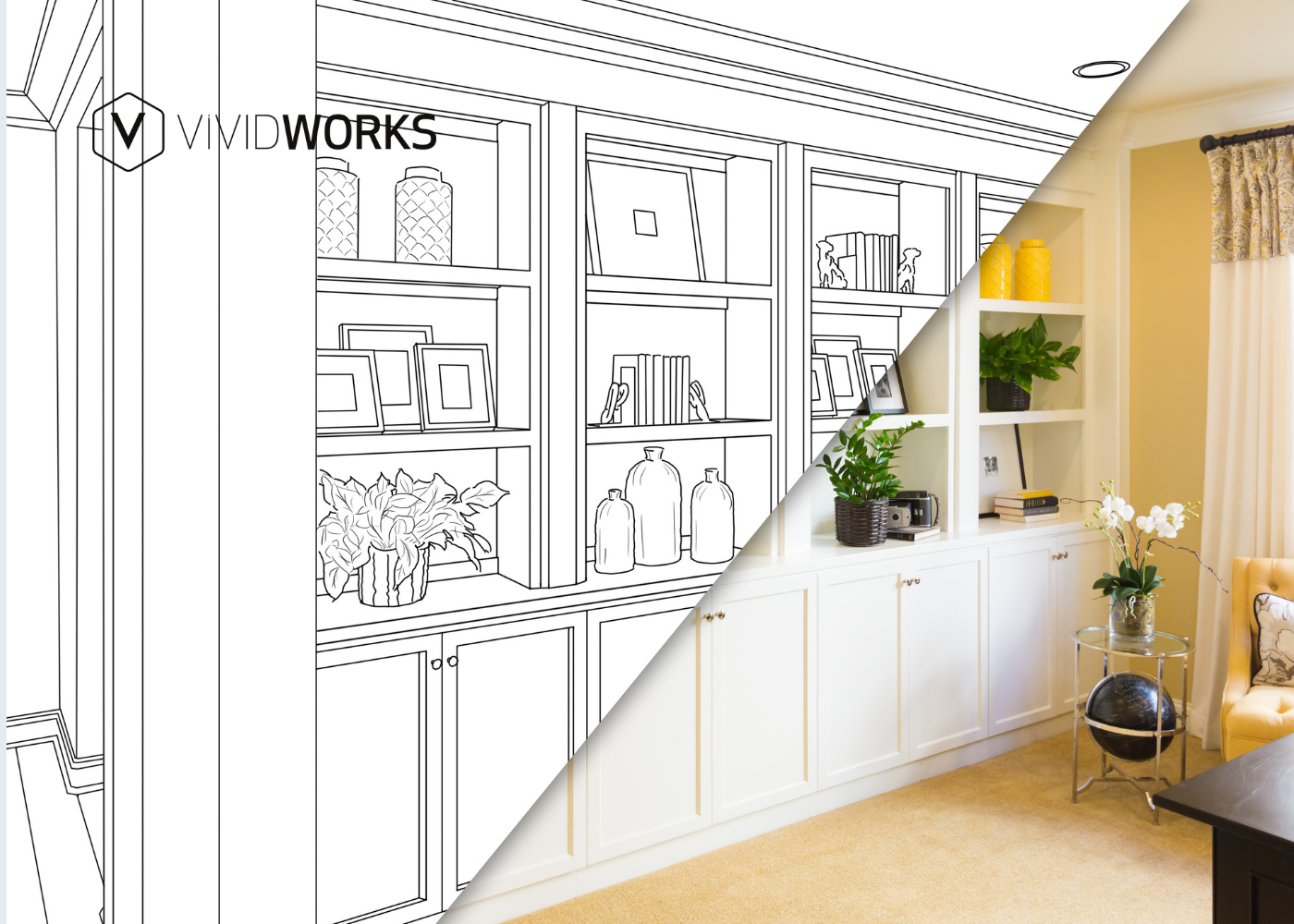Static product listings and generic offers have not been truly effective these days. Modern shoppers want personalized experiences, customized items, and even fully configurable designs that firmly match their specific demands. These three strategies, eCommerce personalization, product configuration, and eCommerce customization, are shaping how businesses attract customers and satisfy this eCommerce shopping trend. When used effectively, they increase shopper engagement and drive higher conversions.
This guide will explore the differences between each approach to helping businesses transform customer experience in eCommerce and reveal their separate advantages. Also, we will reveal how tools work to keep you ahead in today’s competitive landscape.
Without further ado, let’s dive into it!
Personalization in eCommerce
eCommerce personalization is to tailor the shopping experience for each user based on their data. They include browsing behavior, purchase history, tastes, and location. The goal is to make buyers feel recognized and valued, even before they work with an item.

Leading platforms like Amazon are pioneers of eCommerce product personalization, using algorithms and an AI model to predict customers' needs and provide highly relevant results.
Examples
- Personalized product recommendations on homepages or checkout pages.
- User-specific pricing based on user profiles or location.
- Email marketing campaigns that reflect previous purchases or wishlists.
Benefits
- Higher engagement and repeat visits.
- Lower bounce rates and improved conversion rates.
- Stronger customer relationships through relevance and trust.
Limitations
While personalization enhances the shopping experience, it doesn’t allow the customer to change or design the item itself physically. For that, we move into customization.
Product Customization in eCommerce
eCommerce customization gives customers more control over what they purchase. You can make aesthetic or functional changes to an item within a predefined set of options. In simpler terms, it provides a personal touch within preset, manufacturable parameters.

Brands like Nike (Nike By You) or Rolex (Land-Dweller) have perfected this approach. These online product customization experiences foster emotional connection and significantly boost repeat purchases, especially in high-end and lifestyle-driven markets.
Print-On-Demand platforms such as Printify and Printful also embrace customization. Customers can design or modify items to suit their individual styles with small details.
Examples
- Selecting colors, materials, or engravings for jewelry, clothing, and watches.
- Choosing fabric, leg type, or size for furniture.
- Utilizing 3D customizers to customize, modify, and visualize products in real-time.
- One-off addition to a fixed item, like a custom monogram or a photo upload.
Benefits
- Emotional engagement and ownership of the product.
- Higher perceived value with “make it your own” and reduced price sensitivity.
- Enabling both personalization and customization in eCommerce.
Limitations
While customization allows for more creativity, it’s still limited to preset combinations. However, with product design requiring complex assembly or technical logics, let’s examine how product configuration offers a more powerful approach in the next section.
Product Configuration in eCommerce
Online product configuration is to make real-time adjustments to product features or even build a product design from scratch by combining varied layouts and components. At its core, product configuration tools ultilize rule-based logic or ready-made logic to guide users comprehensively through each customization phase.
These configuration rules ensure that only compatible and manufacturable options are available. This prevents design conflicts, product errors, and costly reworks. From that, brands then deliver a unique experience for clients to order configurable products online. Every time customers configure the design, the price and quote are updated accurately. That’s also why owning a product configurator is especially valuable for industries with complex, high-modular structures, such as furniture, displays, and industrial pieces.
Examples
- Design a desired modular sofa by selecting the shape, size, accessories, etc.
- Plan a full-featured space with accurate dimensions in walls, doors, and more.
- Configure industrial equipment with specific capacities, dimensions, and motors.
Benefits
- Interactive product visualization for each configuration and customization
- Automated pricing logic and real-time quoting for eCommerce
- Fewer errors and returns for bespoke designs
- A superior customer experience in eCommerce leads to higher satisfaction.
Limitations
While product configuration forces logical and manufacturable setups, ensuring that users can only choose valid options when designing complex items, the implementation of sales configuration software requires expertise for the best performance and accuracy.
Difference Between Personalization, Customization & Product Configuration
Tools to Enable Personalization, Customization & Configuration
#1. Personalization tech
AI-powered recommendation engines
These algorithms analyze user behavior, past purchases, and browsing activity to recommend proper products in real time. They power the “You may also like” and “Recommend for you” sections, which drive engagement and increase conversion rates.
CRM-driven segmentation and automated campaigns
Brands use CRMs to segment buyers based on demographics, purchase frequency, and intent. Then, they deliver personalized content via email, push notifications, or social ads.
Predictive analytics to deliver relevant offers
Machine learning can anticipate what customers might want next and present relevant discounts or bundles at the perfect moment. This type of data-driven eCommerce product personalization enhances satisfaction and strengthens brand loyalty over time.
#2. Customization tools
On-site design editors
These intuitive tools let users change colors, materials, or layouts while previewing updates in real time. 3D customizers are considered an advanced version, where users can customize the item and explore every angle of their custom item before checkout.
“Add your logo/text” or “Choose your style” plug-in
Commonly used in apparel, promotional merchandise, and accessories, these modules allow users to add personal or branded elements with ease. You can also find this approach in POD models, where sellers enable shoppers to add their own text or images.
#3. Configuration tool
3D Product configurator
3D configurators are often built directly into the site or integrated with existing systems, such as your eCommerce platform, CRM, and ERP, to ensure instant and accurate generation of BOM (Bill of Materials) data. They allow users to design, customize, and visualize a product in 3D and in real space with the AR shopping feature. As a result, you gain a deeper understanding of items.
VividWorks: Frame 3D Configurator for Shopify
For example, Audo partnered with VividWorks, a reliable product configuration provider, to launch a 3D frame configurator, where shoppers can personalize frames from scratch.
Users can choose configuration options, such as frame modules, colors, finishes, and accessories, while the system automatically updates compatible options and interior finishes. A QR code at the end allows users to view their design through their phones, bringing their custom frame to life.
Also, VividWorks ensures that this furniture configurator can work well with Audo’s Shopify store, creating a smooth operation between customization, visualization, and checkout. This helps boost the customer experience and the cross-team collaboration.
3D Room Planner
This interactive room planner enables the design of entire spaces, not just single objects, powered by standard product configuration software. You can build and adjust room layouts and floors on your own and then view your choices in scale-accurate 3D with your selected interiors or furniture inside.
VividWorks 3D Room Designer - Plan and Design Your Perfect Space
This configuration tool transforms a customer experience on building or construction projects, like how they truly visit a digital showroom, helping them make confident purchasing decisions. Furthermore, businesses can improve brand perception through immersive experiences.
Visual Configure, Price, Quote (Visual CPQ)
A Visual CPQ software integrates product configuration, pricing, and quoting within one unified platform. It automates the pricing process based on selected options, inventory, and production rules, offering real-time quoting for eCommerce. When combined with 3D visualization, Visual CPQ creates a transparent journey. Customers can configure, price, and order with complete confidence, while sellers reduce manual effort and errors.
Best Practices for eCommerce Stores
To succeed with eCommerce personalization, product configuration, and eCommerce customization, don’t miss our tips and tricks—they can work well for diverse industries:
- Tailor tools that match your demands and the complexity of products.
- Always keep the interface fast-loading and intuitive across devices.
- Offer accurate, realistic visualizations with 3D, AR, and VR.
- Leverage Visual CPQ for real-time quoting and pricing updates.
Ensure 3D customizers and product configuration tools are deeply integrated with eCommerce platforms (e.g., Shopify, WooCommerce, and Magento), ERP, and CRM systems. - Guide the customers through videos and documents on the tools.
- Test and optimize personalization, customization, and configuration experiences.
Get Inspired With Sales Configuration, Personalization, and Customization Tools
The future of eCommerce brands hinges on product configuration, personalization, and customization. By using proper solutions, you can transcend simple shopping journeys, transforming your store into a compelling destination where buyers feel more engaged. Customers' success stories with Visual CPQ, 3D configurators, 3D customizers, or 3D room planners also prove the significance of these three approaches in eCommerce.
Book a demo with VividWorks to see how our configurator tools deliver tailor-made experiences.
Frequently Asked Questions (FAQ)
What is the difference between personalization, customization, and configuration in eCommerce?
Personalization tailors the customer experience based on data; customization allows simple, fixed tweaks like color selection; and the product configuration process is the rules-based, product-logic, visual assembly of complex, highly modular items like shelves or cabinets.
Why are these strategies important for online stores?
These strategies help engage customers, transform their experiences in online stores, boost their satisfaction, and further level their loyalty. As a result, eCommerce brands can increase conversion rates and average order value (AOV) and reduce product returns.
Which industries benefit most from product configuration?
Industries with highly variable, complex products, including B2B manufacturing, high-end furniture and home goods, building supplies, and complex sports equipment.
Do I need all three personalization, customization, and configuration in my store?
To make your store stand out, you only need to satisfy two or even one of the three aspects. However, you can also choose to offer all three to target a truly unique shopping experience, appealing to a broader audience and boosting engagement and loyalty.
How does a 3D product configurator improve sales?
It provides 3D real-time visualization and configuration, which dramatically builds buyer confidence, leading to fewer abandoned carts and higher AOV. Customers tend to close deals faster when they can instantly clarify the upgrade for prices, displays, and quotes.
Is product configuration difficult to integrate into an eCommerce store?
No, but you need support from the experts. API-first integrations with eCommerce platforms are the go-to solution, as they can make the deployment significantly faster and less resource-intensive than custom-built solutions or the cloud-based option.
What’s the difference between customization and configuration in terms of complexity?
Customization has too many dependencies. Configuration uses a rules engine to enforce compatibility, ensuring that every selected combination is feasible and manufacturable.
Table of Content
-3.avif)
Streamline your process today!






